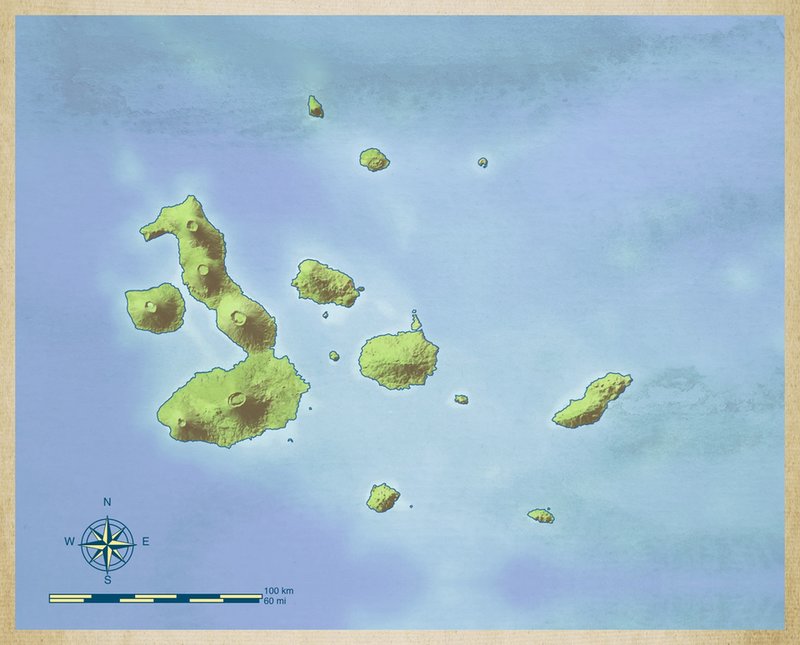
Pinta
(Abingdon)
Marchena
(Bindloe)
Isabela
(Albemarle)
Santiago
(James)
Genovesa
(Tower)
Fernandina
(Narborough)
Santa Cruz
(Indefatigable)
San Cristóbal
(Chatham)
Española
(Hood)
Santa Fe
(Barrington)
Floreana
(Charles)
Pinzón
(Duncan)

WelcometoaspecialeditionofExplorermagazine!Throughthesepages,you willbetransportedtoaplacethatisuniqueinalltheworld:theGalápagos Islands.
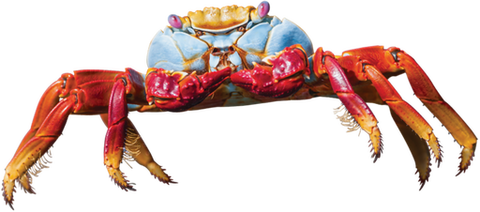
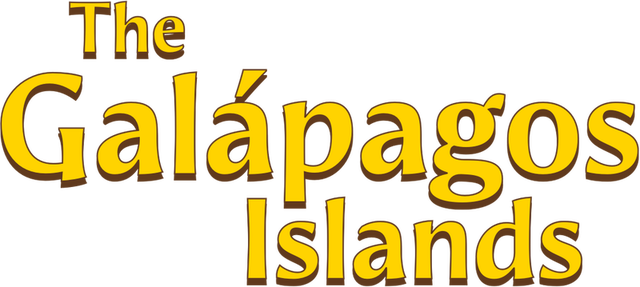

TheislandsweregivenSpanishnamesaswellasEnglishnamesbyearly visitors.
EarlySpanishsailorscalledtheislands“LasEncantadas,”meaning“theenchanted.”Whatbetternameforagroupofislandsthatseemedtosometimesdisappearinashroudof mist?
Theywerediscoveredbyaccidentin1535byaSpaniardnamedTomásdeBerlanga.HisshipwasboundforPeru,buthewascarriedoffcoursebystrong currents.
Fromthelate1500stotheearly1800s,theGalápagossawmanyapirate,buccaneer,andwhaler.TheSpanishwereseekinggoldandsilverfromPeru.TheBritishwereintentonstealingthislootfromtheSpanish.Itwasn’tuntil1832thatEcuadorofficiallytookpossessionofthe islands.
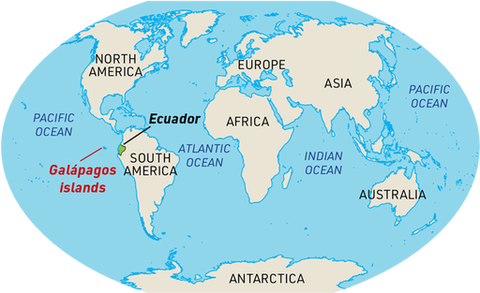
Theseislandsteemwithlife.Frigatebirdssoar.Blue‑footedboobiesdiveintotheocean.Sealionscallouttotheiryounginshort,honkingblasts.Giantlandtortoiseslumberalong.Marineiguanasclingtoslipperyrocks.Galápagospenguinszippastthemlikerockets.Wavedalbatrossesclacktheirbeakstogetherlikesabers.SallyLightfootcrabsskitteralongthe beach.
Takeacloserlookatthemapabove.Referbacktoitoften.Ithelpstellthetaleoftheseislandsandhowtheycametobe.Thisplacewasbornoftheelements—offire,wind,andwaves.Onceyouunderstandthebirthoftheseislands,you’llbegintoseewhatlivesthereandwhy.Thenyou’llreadofafamousvisitor—naturalistandexplorerCharlesDarwin—andwhathisjourneytotheislandsmeanttoscience.WithDarwin’stheoriesinhand,you’llexploretheplantsandanimalsthatlivetherethatdon’tbelong.Andfinally,you’lllearnaboutoneoftheislands’mosticonicspecies:thegiant tortoise.
Itisn’tpossibletotellyoueverythingyouneedtoknowabouttheGalápagosIslands.Butwehopethesestorieswillstartyouonalifelongjourneytoknowmoreaboutthismagical place.
BrennaMaloney,managing editor,Explorer
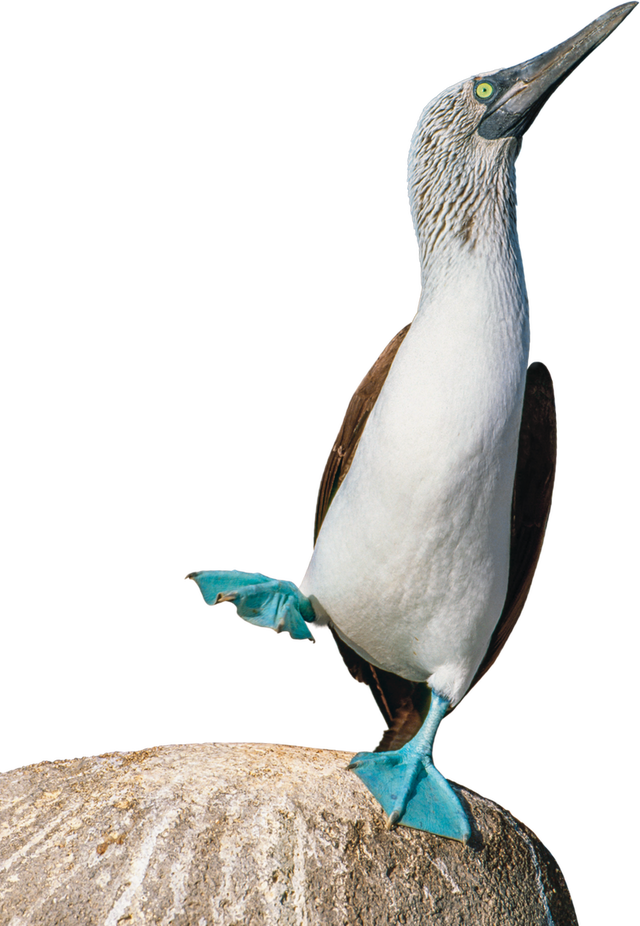

NORTH
AMERICA
PACIFIC
OCEAN
ATLANTIC
OCEAN
INDIAN
OCEAN
PACIFIC
OCEAN
EUROPE
ASIA
AFRICA
SOUTH
AMERICA
Galápagos
Islands
Ecuador
ANTARCTICA
AUSTRALIA